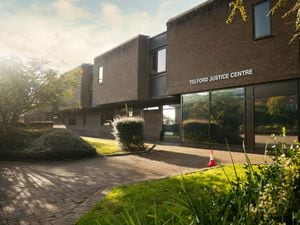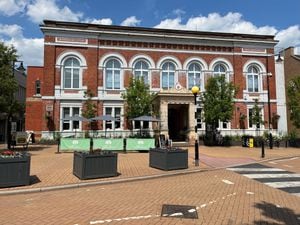Developer lodges appeal against council's refusal of Telford bungalow plans
A housing developer has appealed a council’s decision to refuse planning permission for five bungalows to be built on a piece of vacant Shropshire land.

Applicant RSA Developments Limited submitted plans in June for the scheme at the site of Lee Dingle, off Lees Farm Drive in Madeley.
Four of the bungalows would have two bedrooms and a three-bedroom split level bungalow built with a detached double garage.
“All proposed properties would be of simple yet traditional appearance utilising a narrow palette of materials to match the prevailing existing neighbouring development,” said the applicant in an appeal statement.
“The site consists of overgrown, former garden land previously associated with the host property, which at some point in the past has been separated off from the existing property.
“The proposed gardens, and in particular plots one to three, would be small and manageable and would be likely to appeal to those wishing to downsize.”
Telford & Wrekin Council refused the planning application stating that the proposal would ‘constitute overdevelopment’ of the site and would result in an ‘insufficient level of useable private amenity space’.
The council also claimed that the development would have a ‘detrimental impact upon the longevity trees subject to a Tree Preservation Order.’
In a planning appeal the applicant added that planning permission exists for four homes on the vacant site, which they said ‘legitimately could all be two-storey’.
They added that despite having a net increase of one home the bungalows would have a ‘reduced physical scale and massing’.
“The proposed density of development arising from the proposed dwellings, is reflective of existing development densities within the wider area of the site and Madeley,” said the applicant.
“Whilst the development proposed is not in any way badged as specialist housing or otherwise ring-fenced exclusively for elderly residents, it does provide a genuine opportunity for those wishing to downsize in their advancing years, whilst staying local to the area they are familiar with and their social network of friends and family.
“This is anything but a contrived layout and form of development, rather it proposes a clearly legible and logical layout, accessed via a single shared private driveway.
“The layout proposes simple, yet good quality, housing designs, which adhere to all technical internal and external space requirements, and which respect and respond positively to the site’s context.”
The applicant added that parking, drainage and instability considerations and proposals solutions are ‘found to be acceptable’.
The council’s arboricultural officer objected to the plans stating that pruning neighbouring protected trees to the boundary line ‘is not acceptable’.
They added: “There are a number of protected trees here that indicate up to 50 per cent of canopy overhanging the boundary line.
“Were these trees to be pruned to the boundary line this would undoubtedly induce a decline in these trees, and ultimately kill them.
“The alteration to the woodland edge (in removing the overhang) will change the dynamic of the woodland itself and open up trees within it have not been surveyed for condition that may be prone to windthrow.”
However, the applicant had their own arborist carried out an arboricultural impact assessment, which they said countered the council’s arboricultural officer’s objections.
The applicant added: “There is a clear difference of opinions when it comes to the consideration of the impact upon, and impacts of, the trees along the eastern boundary of the site and it is therefore a matter for the (planning) inspector to consider the respective professional views on this issue.”
A government planning inspector will now decide the planning appeal.





